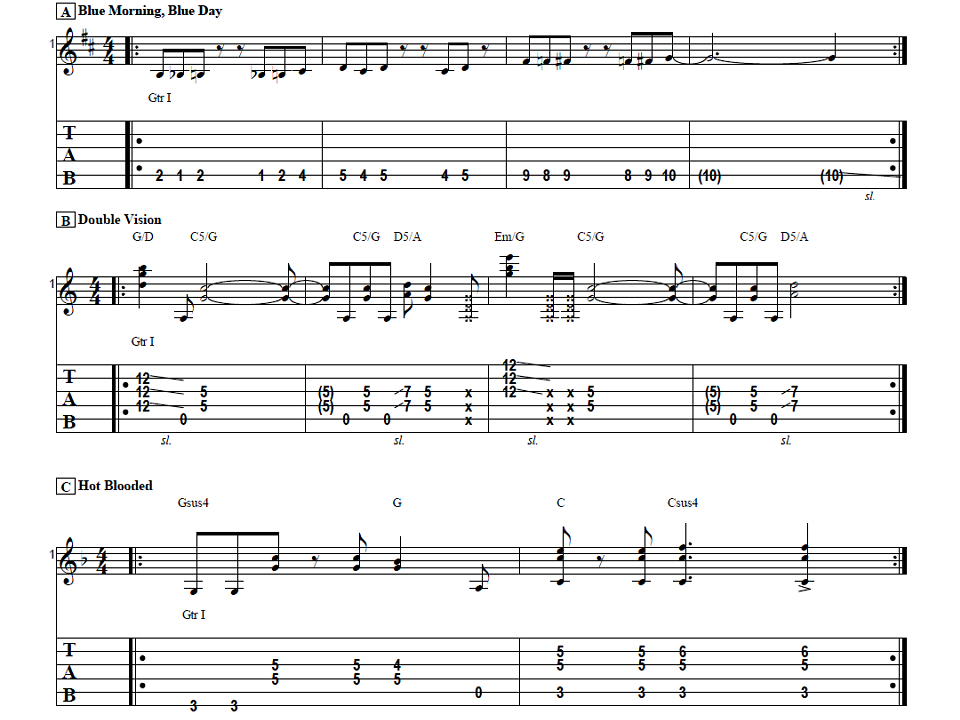Hey
Here´s Jon MacLennan with another lesson for beginners!
Hope you like it!
How’s it going everybody?
My name is John McClennan and I’m here
with guitarcontrol.com, bringing you a
lesson today on just some basic, simple
strumming tips.
When it comes to strumming there are so
many different patterns and so many
different approaches, but one cool thing
that you can throw in the mix is the
concept of just playing the bass note
first and then strumming the rest of
the chord.
So if you take, say, a C chord, which is
just 1st finger, 2nd finger, 3rd finger,
rather than just strumming the entire chord,
you can first just hit the 5th string and
then strum the rest of the chord. It kind
of breaks-up the guitar and makes it feel
like there’s almost a bass player playing
with you. So you get this kind of thing.
Then what you can do is you can alternate
the bass. You can put first the C root and
then you can put the 5th in the bass, like
this. Basically that would be one thing you
could try applying to all your chords.
Now, the important thing to remember is you
have to find the root note of each chord.
So the root note is the note that names the
chord. If we’re playing a C chord, that root
is going to be C here on the 3rd fret. But
if you’re playing, say, an E minor, then your
root is now going to be on the low 6th string E.
So as you move through your chord progression
you have to learn to navigate and find those
root notes. See, I switched there when I went
from the C to the E minor. My pick was no longer
on the 5th string playing the root, it dropped
to the 6th string. And that makes it feel like
the right notes are being hit in the chords and
the chord changes are being established very clearly.
Anyway, be sure to click the link below for the
simple tab on this and we’ll see you in the
next video. Thanks for watching.




